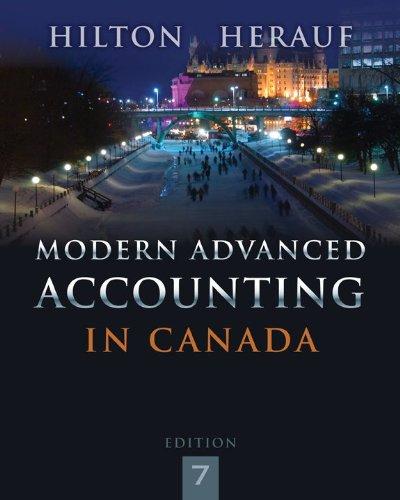Answered step by step
Verified Expert Solution
Question
1 Approved Answer
Account Title Cash Accounts receivable Inventory Equipment Accumulated depreciation Accounts payable Accrued liabilities Connon stock Retained earnings Sales revenue Cost of goods sold Salaries

Account Title Cash Accounts receivable Inventory Equipment Accumulated depreciation Accounts payable Accrued liabilities Connon stock Retained earnings Sales revenue Cost of goods sold Salaries expense Rent expense Advertising expense Dividends Totals The following transactions occurred during January 2024: Debits $ 5,100 2,100 Credits 5,100 11,100 $3,600 3,100 9,000 7,700 8 8 $ 23,400 $ 23,400 January 1 Sold inventory for cash, $3,600. The cost of the inventory was $2,100. The company uses the perpetual Inventory system. January 2 Purchased equipment on account for $5,600 from the Strong Company. The full amount is due in 15 days. January 4 Received a $200 invoice from the local newspaper requesting payment for an advertisement that Whitlow placed in the paper on January 2. January 8 Sold inventory on account for $5,100. The cost of the inventory was $2,988. January 10 Purchased inventory on account for $9,550. January 13 Purchased equipment for cash, $900. January 16 Paid the entire amount due to the Strong Company. January 18 Received $4,200 from customers on account. January 20 Paid $900 to the owner of the building for January's rent. January 30 Paid employees $3,100 for salaries for the month of January. January 31 Paid a cash dividend of $900 to shareholders. 1. & 3. Enter the beginning balances as of January 1, 2024 and post the entries to T-accounts. Note: Enter the date of the transaction in the column next to the amount. Cash Beginning balance 1/1 3,600 1/18 4,200 Accounts Receivable Beginning balance Ending balance 7,800 Ending balance Inventory Equipment Beginning balance Beginning balance Ending balance Ending balance Accumulated Depreciation Accounts Payable Beginning balance Beginning balance Ending balance Ending balance Common Stock Dividends Beginning balance Beginning balance Ending balance Ending balance Retained Earnings Sales Revenue Beginning balance Beginning balance
Step by Step Solution
There are 3 Steps involved in it
Step: 1

Get Instant Access to Expert-Tailored Solutions
See step-by-step solutions with expert insights and AI powered tools for academic success
Step: 2

Step: 3

Ace Your Homework with AI
Get the answers you need in no time with our AI-driven, step-by-step assistance
Get Started


